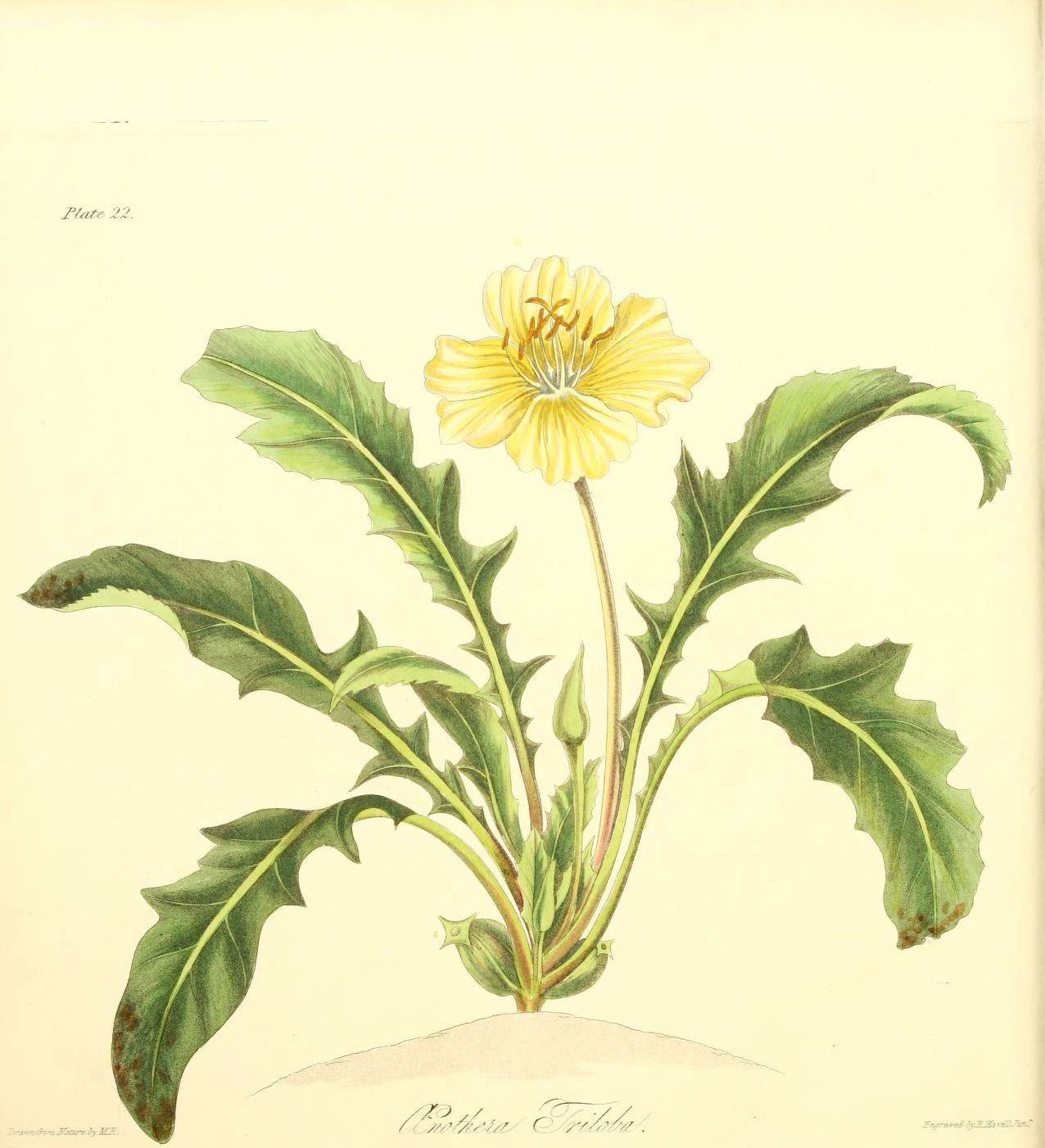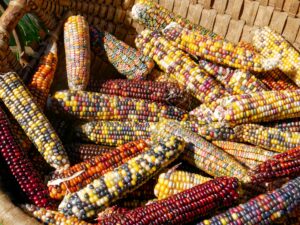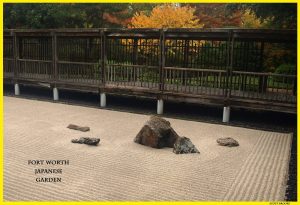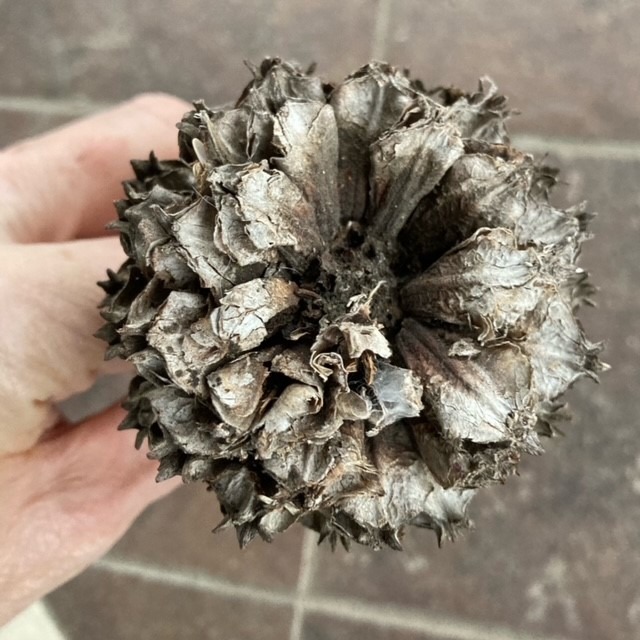
It’s one thing to identify a flower when it’s in bloom. Petals, stamens and other features provide all sorts of information to botanists to narrow down the plant’s name and history.
Starting with a seed pod is a different matter – especially when the pod is hard, dried, and an indistinct brown. When friends Carol and Cynthia both found particularly tough, dried pods that superficially resemble pine cones, they were baffled.
But it takes more than a dried-up pod to baffle the botanists at the BRIT Herbarium. They were able to let Cynthia and Carol know that they had found the dried fruits of Oenothera triloba, or stemless evening primrose.
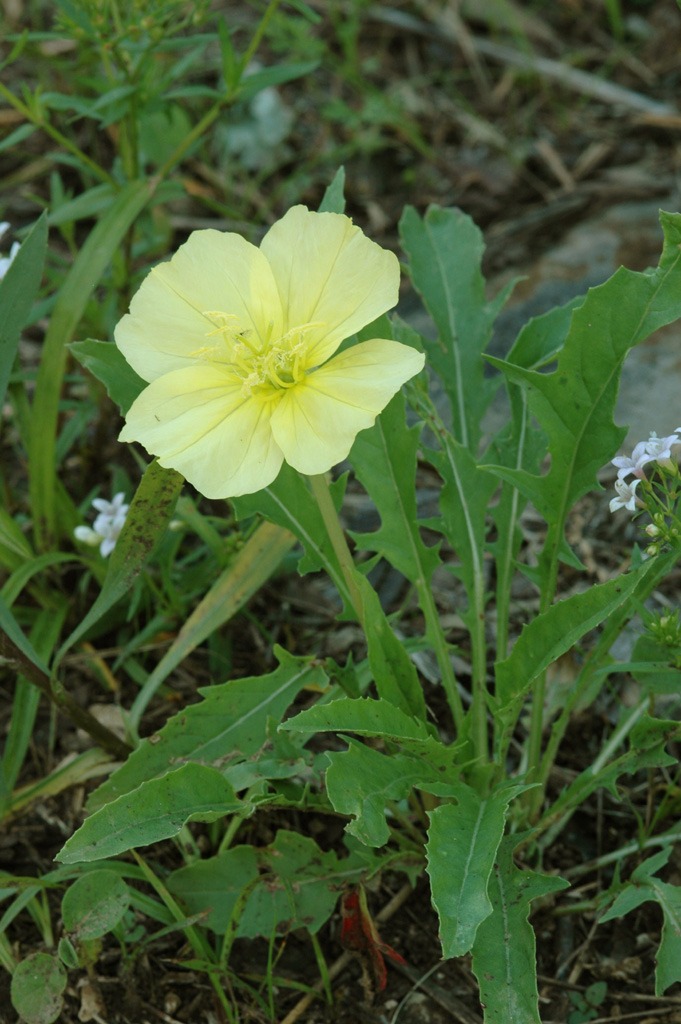
This is not the first time stemless evening primrose has been brought to the attention of our botanists, and one of our researchers wrote an article about it in 2018.
“A winter annual, this native wildflower comes up in disturbed places (and often lawns) at the end of the year, overwinters as a rosette, then produces yellow flowers in the spring,” wrote Brooke Best, director of research programs. “Flowers arise from the base of the plant, meaning fruit eventually develop at the base as well. As the soft green parts of the plant die away, these tough bunches of fruit are left behind at ground-level. (And I do mean tough, so watch your step!)”
Best also explained that, though the species itself is widely distributed across the eastern-to-southeastern part of the country, its distribution is patchy, and the plant is uncommon throughout its range. “It’s even considered threatened in Kentucky and extirpated (locally extinct) in Indiana,” wrote Best.
Stemless evening primrose usually volunteers in lawns, but some people grow it their gardens and enjoy watching the flowers open at sunset.

Oenothera triloba is related to other varieties of evening primrose. The most well-known of these plants in Texas is pink evening primrose or Mexican evening primrose, aka Oenothera speciosa. This plant produces masses of pale pink blooms that shade into yellow at the center. The yellow pistils are covered with powdery pollen, contributing to the other common name “buttercups.” (True buttercups are members of the plant genus Ranunculus.) The Texas Department of Transportation sows this plant along roadsides, and it can be spotted alongside other wildflowers every spring.
Another variety of evening primrose is Oenothera biennis or common evening primrose. This biennial plant produces yellow flowers on an upright stalk that can reach 7 inches tall. Oenothera biennis is well known for an oil produced from its seeds. Evening primrose oil is widely used to treat PMS symptoms, some arthritis-related conditions, and eczema, although scientific evidence to support these uses is lacking.
If you have a plant, or a pod, that you can’t identify, remember that you can always turn to the botanical experts at FWBG | BRIT. We play “What Is This Thing?” in the newsletter about once a quarter, but you can also submit plants any time to the BRIT Herbarium for identification. Read more about it, including how to request an identification and the information we ask you to provide along with your plant.
Thanks to Cynthia and Carol for their submission. Our botanists travel the world to study plants, but there is much to learn exploring the mysteries of our own backyard.

